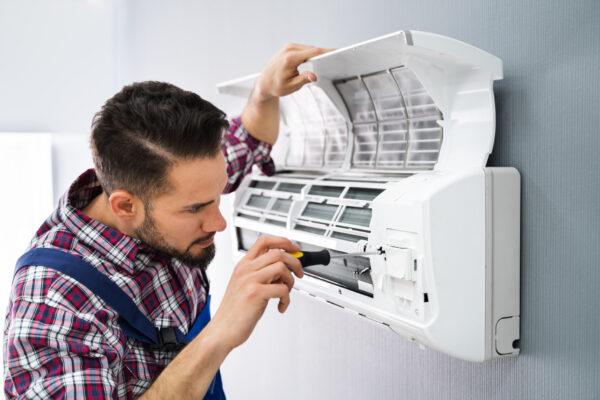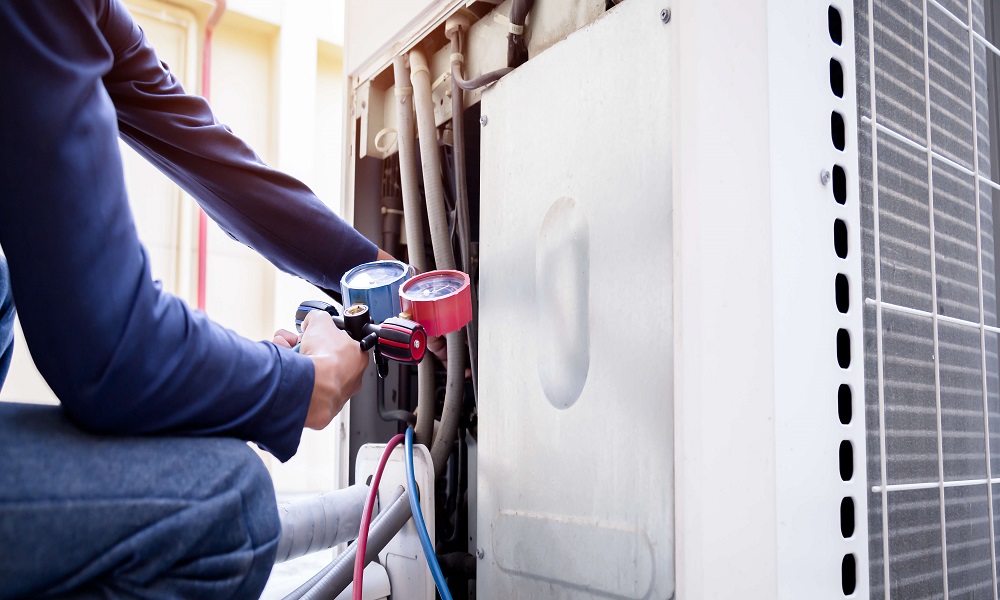Heating and air conditioning systems are essential for maintaining a comfortable indoor environment, but traditional systems consume a significant amount of energy and contribute to greenhouse gas emissions. However, there are several eco-friendly alternatives available that can help reduce energy consumption and lower your carbon footprint. In this article, we will explore some of these sustainable options.
1. Geothermal Heating and Cooling
Geothermal systems utilize the earth’s natural heat to provide heating and cooling for buildings. They work by extracting heat from the ground during winter and transferring it indoors, and during summer, they remove heat from the building and release it into the ground. This process is energy-efficient and environmentally friendly, as it relies on renewable energy sources. Although the initial installation cost can be high, geothermal systems offer long-term savings and have a minimal impact on the environment.
2. Solar-Powered Heating and Cooling

Solar-powered heating and cooling systems harness the energy of the sun to provide temperature control. Solar panels installed on the roof or surrounding area capture sunlight and convert it into electricity, which is then used to power the heating and cooling systems. This renewable energy solution not only reduces reliance on fossil fuels but also lowers energy bills. As solar technology continues to advance, these systems are becoming more affordable and accessible.
3. Heat Pumps
Heat pumps are highly efficient alternatives to traditional heating and cooling systems. They work by transferring heat from one area to another rather than generating it. In the winter, heat pumps extract heat from the outdoor air or the ground and transfer it indoors, providing warmth. During the summer, the process is reversed, and heat is removed from the indoor air, cooling the space. Heat pumps consume less energy than conventional systems and can significantly reduce energy costs.
4. Radiant Floor Heating
Radiant floor heating is a comfortable and energy-efficient way to heat a building. It involves installing a series of pipes or electric heating elements beneath the flooring, which radiate heat upward to warm the room. This method eliminates the need for forced air systems, reducing heat loss and improving indoor air quality. Radiant floor heating systems can be powered by various energy sources, including solar or geothermal, making them sustainable options.
5. Natural Ventilation
Natural ventilation utilizes the movement of air through windows, doors, or vents to regulate indoor temperature. By strategically designing a building to take advantage of natural airflow patterns, you can reduce the need for mechanical heating and cooling systems. This approach not only saves energy but also improves indoor air quality by promoting the exchange of fresh air. Natural ventilation can be enhanced with the use of window shading, ceiling fans, and other passive cooling techniques.
With the growing concern for environmental sustainability, it is crucial to explore eco-friendly alternatives to traditional heating and AC systems. Geothermal heating and cooling, solar-powered systems, heat pumps, radiant floor heating, and natural ventilation are all viable options that can significantly reduce energy consumption and minimize environmental impact. By adopting these eco-friendly alternatives, we can create a more sustainable future while still enjoying the comforts of a well-regulated indoor environment.

